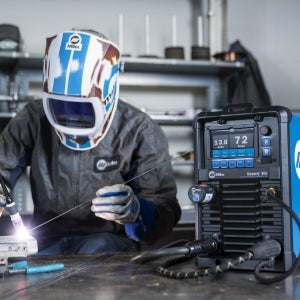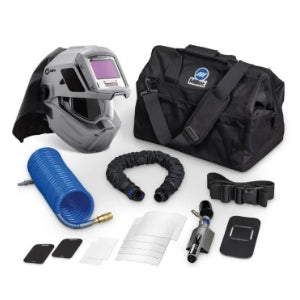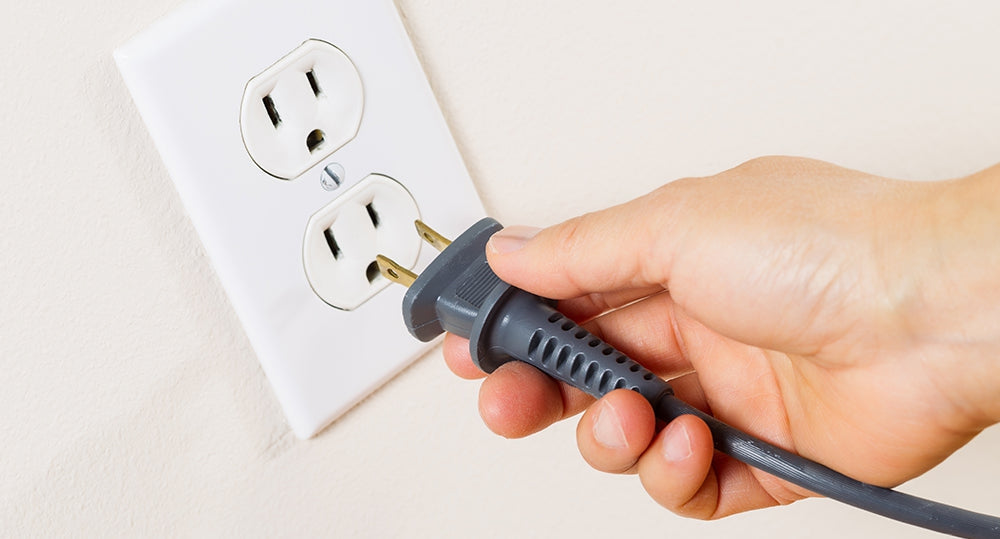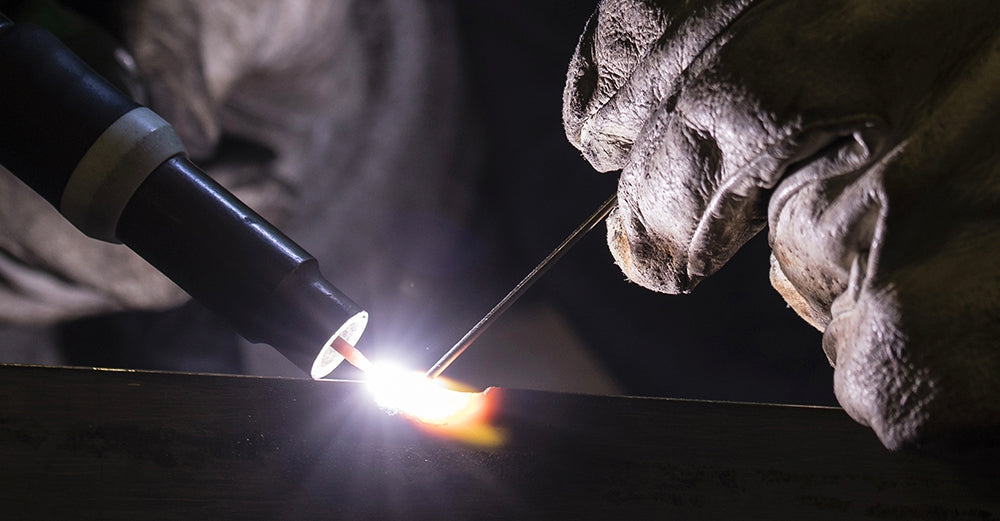Have you ever gone camping? For some people, it’s a nightmare. You’re cold, hungry and have to sleep on rocks—then a raccoon tries to snuggle with you halfway through the night. You end up having a lot in common with the raccoon and promise you’ll stay in touch. But they don’t keep their word, and now you can never look at raccoons the same way again.

On the flip side, if you know what you’re doing and have the right equipment, you can have the time of your life while camping. The exact same principle holds true for working out in the field. With the tips and tricks you’ll find in this article, you can make sure welding away from the workshop is an incredibly productive and enjoyable experience.
The Right Process for the Job
Working out in the field is about being as portable as possible, while still having the equipment you need to get the job done well. What this means is that the welding process you choose to use can make a huge difference in how portable your setup is.

Let’s take a look at the most portable welding processes: stick and flux core. Both of these methods have their shielding gas combined with their consumable. This means you don’t have to worry about transporting cylinders or using long hoses. Stick machines and many flux-cored machines are also pretty lightweight. Basically, you won’t find more portable options.
Stick and flux-cored welding also perform well in windy weather conditions. This again has to do with how the shielding gas is combined with the consumable. MIG and TIG, on the other hand, can have issues when even a light breeze is present.
While stick and flux core have more portability and weather-related benefits, they can struggle with delicate projects, such as thinner materials. In the long run, flux core can also be more expensive than MIG. For more information about flux-cored welding and its pros and cons, check out our in-depth article here.
Power Needs
The biggest (and often most expensive) challenge with portable welding is how to power your equipment in the middle of nowhere. In these situations, an engine-driven welder or a generator is basically required.
The benefit of a welder/generator (also called an engine-driven welder) is that it has a welder built right into the generator and is often more specialized for welding-specific tasks. Popular welder/generators include the Miller Bobcat and Lincoln Ranger series

Over the past few years, it’s been difficult to get your hands on a new welder/generator. However, many machines are currently in stock. If you’re thinking about an engine-driven welder, now is an ideal time. Welding Supplies from IOC offers payment plans where you can split the purchase out over a chosen period of time. For a 6-month plan, there’s no interest or APR—meaning you aren’t paying anything extra. Since welder/generators can be a little pricy, it’s an excellent option for some people.
A normal generator can also be used to portably power a welding machine and other equipment, but make sure you do the math first. Check out our in-depth article on how to calculate your power needs for a generator here.
Working Smarter
Besides making sure you have your power needs met and the right welding machine, there are a number of other helpful tips that can make welding in the field a lot more enjoyable:
While stick welding is a very portable process that does well in windy weather, the consumable electrodes used are vulnerable to humidity and moisture. Most electrodes have a pretty limited shelf life that is significantly decreased the moment you open the packaging.
You can use a rod oven to preserve your electrodes, but there is another alternative. ESAB has developed a new type of “VacPac” storage for their stick electrodes. Using hermetically sealed packaging, the electrodes have an unlimited shelf life. This makes them virtually the only electrodes you can “stock up” on without having to worry about them deteriorating before you’ve even opened them. Just to be clear, once you open the packaging, the seal is broken and you have 12 hours before the electrode's performance could potentially be diminished.

Another helpful tip experts recommend when working in the field is to do as much preparation before you leave as possible. For instance, if you TIG weld, sharpen a bunch of tungsten electrodes before you head out. It can be difficult to react to situations out in the field when things don’t go as you expected. While even the best-laid plans often don’t survive contact with the enemy, preparation goes a long way in minimizing issues you’ll face.
Using these tips and tricks, you can boost your effectiveness in the field, reduce frustration and have an overall better experience. For more important advice from experts, check out all our helpful articles and guides here.





